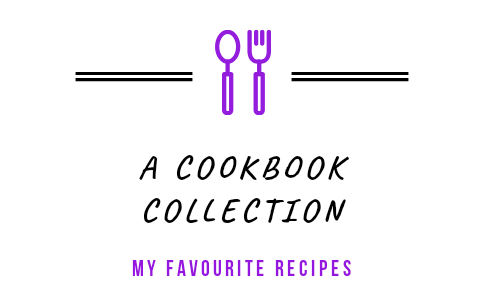
Update July 2020
When I first posted this recipe in 2013 my only previous experience of Jalfrezi was from a jar. It has become my go when ordering an Indian takeaway but I’ll be honest, I prefer when I make it myself.
It can range in heat from medium to very hot and in traditionally made with green chillies, which are hotter than red. I use red chillies and the recipe below gives a medium heat. So basically, this is nothing like the traditional dish!
I pulled ideas from ingredients on my favourite jarred sauce, and from Jamie Oliver and Rick Stein’s recipes. Rick’s India book and show came out after I originally posted this, I coud have saved myself a lot of messging about! One recipe I saw suggested marinating the meat in a dry spice mix before cooking. I did this first time around. I then made the dish again as himself said it lacked sweetness. He was right, unfortunately. I don’t say that too often! The second time I didn’t bother marinating and added jarred peppers for sweetness. It tasted much better so I really think unless you are using a tough cut of meat, there is no need to marinade.
Useful tips & links:
- This recipe has been a favourite for about 10 years. Over the years I have simplified the recipe and cut out a few steps. Sometimes I tend to over-complicate things! Now I can make the curry in under 30 minutes, however it does benefit from being made in advance if time allows.
- I used to add a little coconut to this sauce but I now prefer to leave it out and like the light tomato sauce.
- Most of the recipes I found use fresh tomatoes for the sauce. However the tomatoes I have wouldn’t always be good enough so I used tinned.
- I made this with chicken, but you could use prawns, beef, lamb or vegetables – cauliflower, butternut squash and spinach work well in the vegetarian version.
- This curry freezes really well so it is ideal for batch cooking and portioning up for the freezer.
- I haven’t made this too hot but like to add more chilli to mine when serving.
- I like to serve mine with basmati rice, natural yogurt, naans and a simple mango and red onion chutney.
- For another tomato based curry have a look at my vegetarian Aubergine Chickpea and Tomato Curry.
- For more inspiration have a look at Shilpa’s gorgeous Chicken Curry with Creamy Cashew Paste on Soulful and Healthy.
Jalfrezi Curry
Serves 4
Ingredients:
For the paste
- 1 shallot, peeled and roughly chopped
- 2 roasted red peppers from a jar
- 1-2 chillies
- 2 cloves garlic
- 5cm piece of ginger
- 1 tbsp tomato puree
For the curry
- 1 tablespoon vegetable oil
- 1 teaspoon yellow mustard seeds
- A sliced onion
- 2 teaspoons each of ground cumin, coriander and turmeric
- 1½ teaspoons of ground cardamom
- 1 red pepper, sliced
- 2-3 diced chicken breasts
- 400g tin of chopped tomatoes or passata
- 50g of frozen peas
- 1 teaspoon tamarind paste
- 1 teaspoon dark brown sugar
- Freshly ground black pepper
- 1/2 teaspoon garam masala
Method
- Put all of the ingredients for the paste into a mini food processor and blitz to a smooth consistency.
- Heat the oil in a large pan over a medium-high heat. Add the mustard seeds and when they start to pop add the onions and cook for a few minutes to soften slightly.
- Add the cumin, coriander, turmeric and cardamom and fry for a couple of minutes to cook the spices.
- Scrape the paste from the processor into the onions and cook again until you can smell that the paste is starting to cook.
- Next put the sliced pepper and chicken into the paste and fry for a minute to seal the meat.
- Pour in the tomatoes, peas, tamarind and sugar and stir to combine.
- Reduce the heat, cover and simmer for about 20 minutes.
- Pour in a little water now if you want to loosen the sauce. Add some black pepper and the garam masala. Taste and adjust the seasoning and spices as needed.



0 thoughts on “Jalfrezi Curry”
After my meeting with the nutritionist I’m going to be making a lot from scratch (I’m terrible for using jars) so going to book mark this and try it over the weekend! Looks yummy!
Thanks Sam, it is really tasty. I decided some time ago to try and make as much from scratch as possible. At least you know exactly what you are eating!
After my meeting with the nutritionist I’m going to be making a lot from scratch (I’m terrible for using jars) so going to book mark this and try it over the weekend! Looks yummy!
Thanks Sam, it is really tasty. I decided some time ago to try and make as much from scratch as possible. At least you know exactly what you are eating!
9am and I’m drooling over a curry! 🙂
You can’t beat a good curry! ?
9am and I’m drooling over a curry! 🙂
You can’t beat a good curry! ?